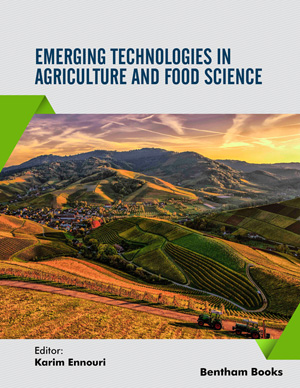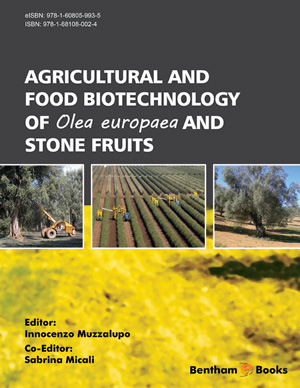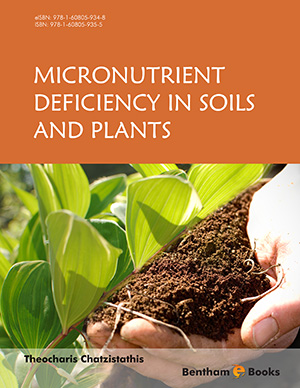Abstract
Nowadays, consumers are more aware and conscious about health concerns related to foods, which increase their demand for more safe food, particularly meats, free of additives such as preservatives, and if so with natural ones. In line with this, bacteriocinogenic lactic acid bacteria (LAB) and their bacteriocins have been widely screened and studied in the last years in view of their use in meat biopreservation. This chapter presents an emphasised overview regarding enterococci and their produced bacteriocins (enterocins) as part of interesting LAB and biomolecules with promising potentialities to be used in meat preservation as alternatives to synthetic preservatives thus satisfying consumers’ demand for healthy and “bio” meat. Indeed, the characteristics of enterococci and enterococcal bacteriocins were described based on published literature. Further, we have reviewed some of the research on their applications for biopreservation of meat and meat products with a focused discussion on diverse topics such as their advantages as well as the challenges and limits of their use in meat. Finally, the synergistic approaches based on combinations of enterococcal protective cultures and/or enterococcal bacteriocins with other technological concepts to improve safety and quality of meats are reported and discussed.
Keywords: Application, Bacteriocin, Biopreservation, Biopreservative, Enterococci, Enterococcus, Enterocin, Lactic acid bacteria, Listeria monocytogenes, Meat, Pathogen, Protective culture, Spoilage.














